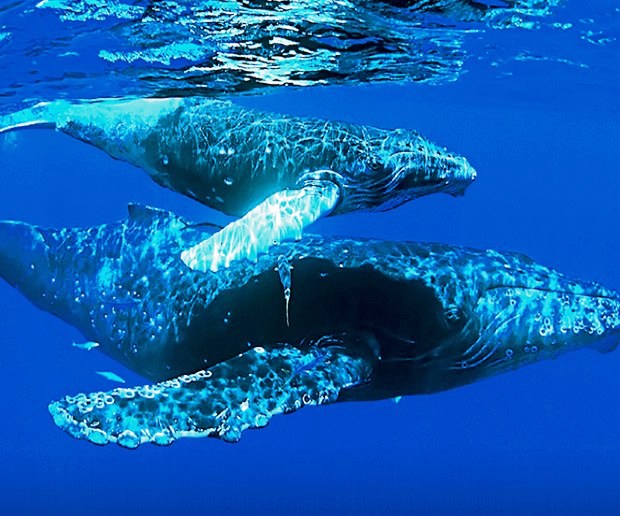Hundreds of humpback whales in Costa Rica return to the gulf of Golfo Dulce from July through September. See them when you stay at Playa Nicuesa Rainforest Lodge.
Article by Shannon Farley
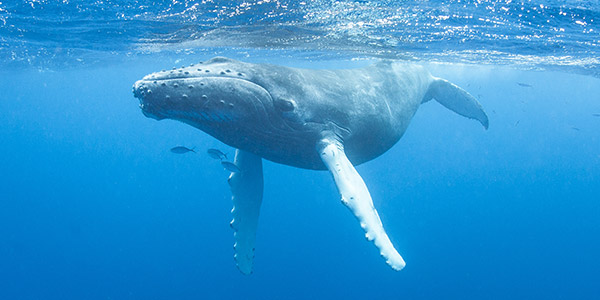
To the delight of tourists and locals, hundreds of humpback whales in Costa Rica are now returning to the remote and pristine southern gulf of Golfo Dulce.
The Golfo Dulce – among the 10 deepest gulfs in the world and one of only four tropical fjords on Earth – is one of the few places on the planet visited by both Northern and Southern humpback whales. Humpback whales from the Southern Pacific spend their winter months – from July to September – breeding, giving birth, and caring for their young in the warm waters of Costa Rica’s southern region.
During Costa Rica whale watching season this time of year in the gulf, you might see a visiting humpback whale mother and her calf, or a male whale looking for a mate.
The Golfo Dulce is an important place for the successful survival of the humpbacks, which are listed as an endangered species. Protected from the open Pacific Ocean by the Osa Peninsula and a shallow, narrow mouth, the gulf is a unique habitat for marine life. The warm and clear waters also are home to several kinds of dolphins, sea turtles, eagle spotted and manta rays, numerous tropical fish, and big, friendly whale sharks.
Playa Nicuesa Rainforest Lodge is your gateway to this beautiful area of pristine tropical wilderness – an extraordinary experience you don’t get every day. The Costa Rica eco-lodge sits right on Golfo Dulce, amid its private rainforest reserve and backed by the Piedras Blancas National Park. Accessible only by boat, it is a remote destination untrammeled by crowds of tourists, and yet offers all of the comforts for an unforgettable vacation.
Now through Sept. 30, enjoy one free night when you stay a minimum of three nights at Nicuesa Lodge.
Here is a preview of some of the sights you may see during Costa Rica whale watching season.
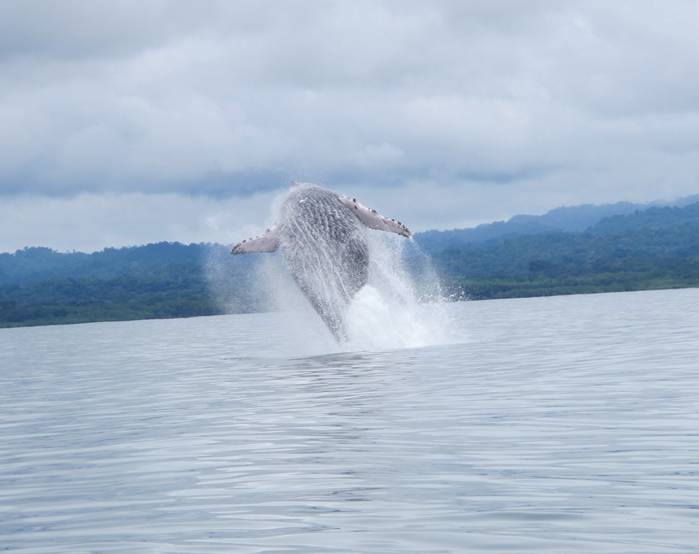
Humpback whales – a type of baleen whale – are favorites for whale watching tours because of their frequent acrobatic displays. They can often be seen breaching (jumping out of the water) or slapping the water’s surface with their pectoral fins, tails, or heads.
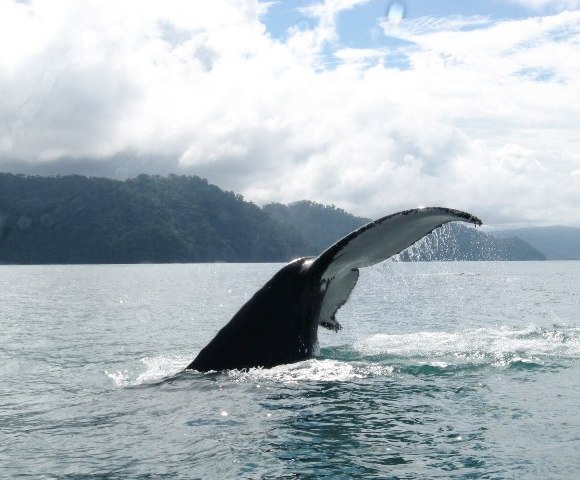
The whales are mostly dark gray with white bellies and markings, and can weigh between 50,000 and 80,000 pounds (22,000 and 36,000 kg). Humpback whales can grow to be 60 feet (18 meters) long, with females slightly larger than males. Humpback whales can eat up to 3,000 pounds (1,360 kg) of food each day. Most of the food is tiny crustaceans (such as krill), plankton, and small fish.
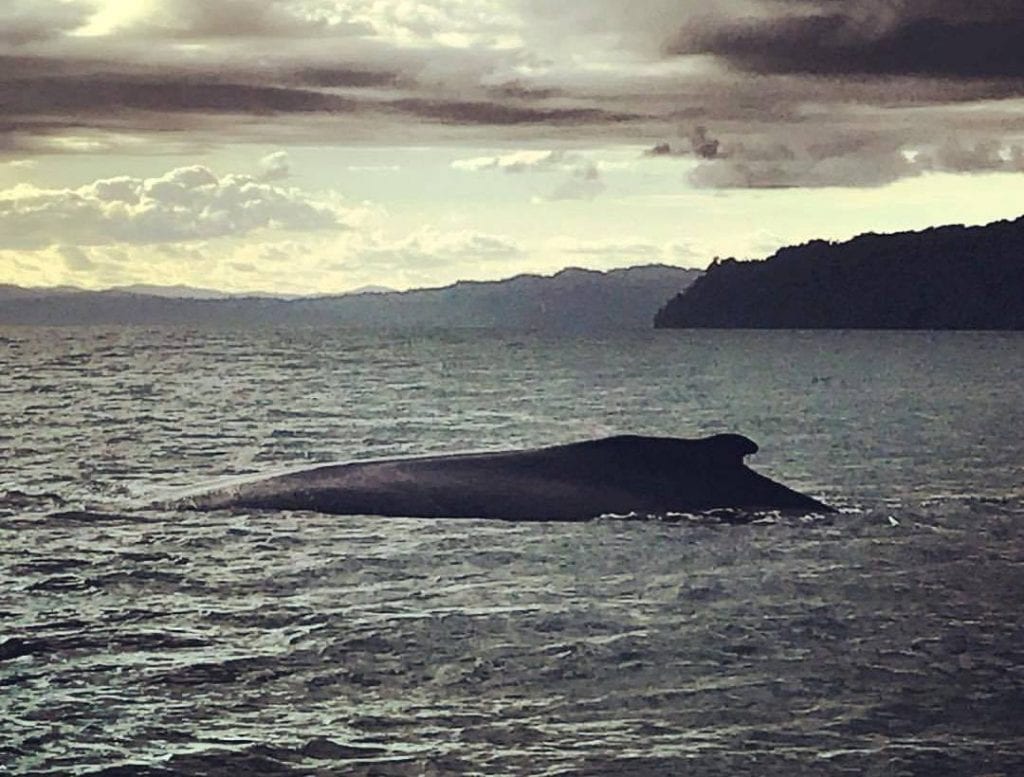
The male humpbacks are best known for their songs – perhaps the most complex in the animal kingdom – and thought to be used to attract females.
Humpback whales are listed as being endangered by the U.S. National Wildlife Federation. Threats to these whales include entanglement in fishing gear, ship strikes, whale watch harassment, habitat impacts, and harvest. The species was nearly hunted to extinction before the International Whaling Commission banned humpback whale harvesting in 1966.
